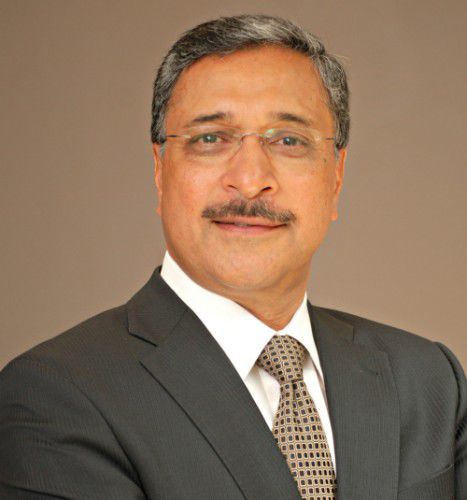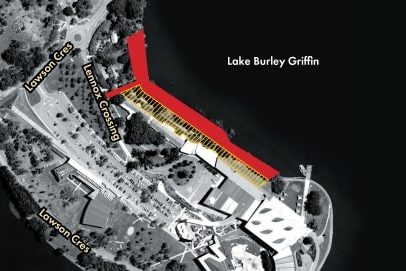
Prof Schmidt has apologised this morning (August 1) to any student, staff member and member of the alumni community who has experienced sexual harassment or sexual assault on the ANU campus.
“One incident is more than we should accept,” he says.
“The stories told by survivors are shocking. The results are shocking. We should all be shocked.
“In all, 1477 ANU students took part in the survey, one of the highest response rates in the country. The sector-wide results tell us that students are more likely to be affected if they live in a residential college.”
The results show an overwhelming majority who don’t report the harassment or assault and the overwhelming majority don’t seek help.
It also illustrates that men are survivors of sexual assault and harassment and that LGBTQI students, Aboriginal and Torres Strait Islander students and students with a disability suffer disproportionate levels of harassment and assault.
Of those ANU students who responded to the survey, at least 116 were sexually assaulted in 2016, 52 of those on the campus.
“The sample size is too small for us to have been provided more detailed information that tells us whether students sought support, if they reported the assault, where the assault occurred and who the perpetrators were,” Prof Schmidt says.
Of those ANU students who responded to the survey, 841 reported that they had experienced sexual harassment in 2016, 517 of them at the University (excluding public transport). While women were overwhelmingly those subjected to harassment, 183 male students were included in this number, which is higher than the sector average. 59 per cent of those incidents involved someone known to the student.
In 74 per cent of those incidents, the perpetrator of the sexual harassment was another student and in five per cent of incidents, a lecturer or a tutor. 82 per cent of harassment reports involved men as perpetrators.
“At least 620 students witnessed sexual harassment at the University last year, which tells us we need to step up efforts in bystander intervention,” Prof Schmidt says.
61 per cent of those incidents of sexual harassment involved inappropriate staring or leering, sexually suggestive comments or jokes and intrusive questions about private life.
The majority of these incidents – 65 per cent – occurred on the university campus, in a residential college or university facility.
At least 93 per cent of students who were subject to harassment did not seek support or assistance from the University. The reasons for not seeking support are overwhelmingly because students didn’t think the matter was serious enough (71 per cent) or because they didn’t think they needed help (58 per cent). The only positive is that only a tiny percentage – one per cent – were concerned that the University would not help.

Vice-chancellor and president Prof Deep Saini says sexual and interpersonal violence has no place at the University.
“Here at UC, we all have the right to a respectful and supportive environment where we can study, work and live safely. It’s up to all of us to make sure we work together to keep our University and our community safe,” he says.
“The report shows that there is work to do and the results will help us inform how we can work harder to improve our education programs, our support services, policies and practices.”
More than 6000 students from the University of Canberra were randomly invited to participate; of these, 460 students responded to the survey.
The AHRC report found that:
- 1.1 per cent of respondents from the University of Canberra reported that they experienced sexual assault in university settings during 2015/16.
- 7.2 per cent of respondents from UC reported that they experienced sexual assault in general during 2015/16.
- 26 per cent of respondents from UC reported that they experienced some form of sexual harassment in university settings during 2016.
The data specific to the University of Canberra and the full national report are available online, with results specific to ANU via imagedepot.anu.edu.au/
Who can be trusted?
In a world of spin and confusion, there’s never been a more important time to support independent journalism in Canberra.
If you trust our work online and want to enforce the power of independent voices, I invite you to make a small contribution.
Every dollar of support is invested back into our journalism to help keep citynews.com.au strong and free.
Thank you,
Ian Meikle, editor




Leave a Reply